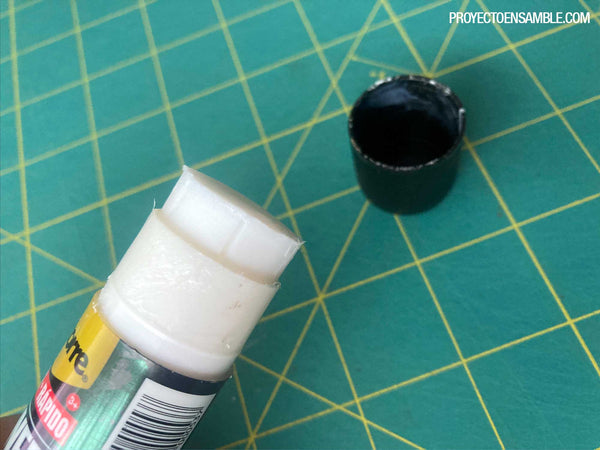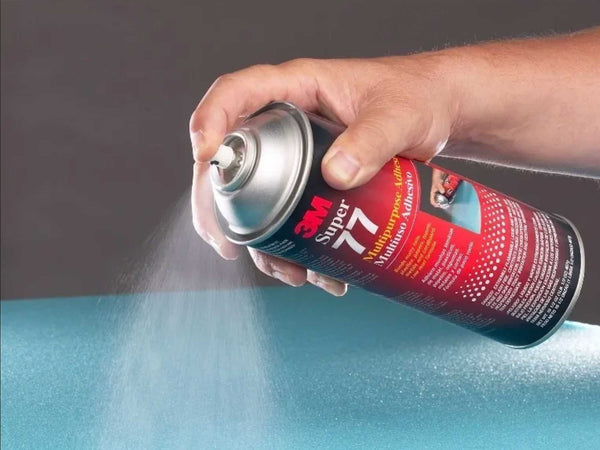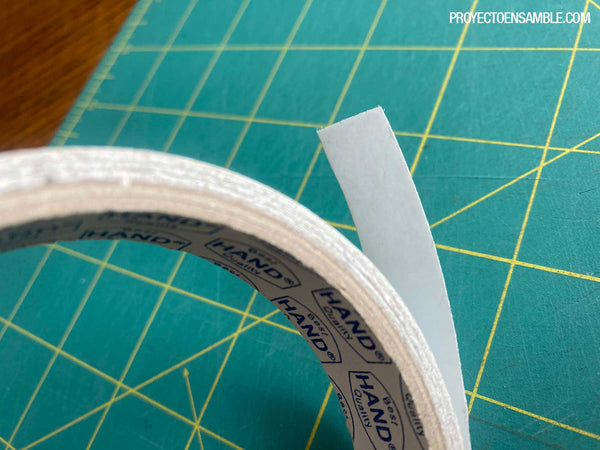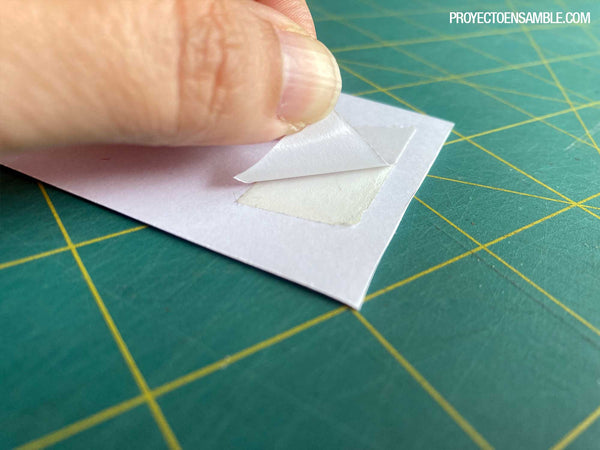There are many types of glues that can be used to glue paper. To consider which one is "the best" will depend on the characteristics of the project, the materials and the circumstances.
In this post we will mention some types of glues that are normally used to glue paper, and we will show you some of their main characteristics, the pros and cons depending on the type of paper and the type of project.
Some types of glue frequently used to glue paper are the following:
Cold soda:

This is a white water-based glue, which is frequently used in school work and crafts. When it dries, it has a transparent finish and produces a strong bond between the materials. Making it a good option for gluing paper to paper or gluing paper to other porous surfaces. Although sometimes it tends to soak the paper, deforming it, so and especially for thin papers, it is recommended to use the appropriate amount depending on the area to be glued.
This glue can be used to glue the Proyecto Ensamble templates, using a small amount and spreading it evenly over the tab. Drying is slower so you have to hold the area for longer.
Cold liquid silicone:
![]()
Special for gluing and sealing different types of materials. It is an inorganic chemical compound that has a version for crafts since it is a highly resistant glue that is used to glue cardboard, paper, fabric, wood, plastic, EVA foam, among others. It is a good option for gluing paper, because it is transparent, dries in about 30 seconds, allowing correction, and fixes firmly. But it has the disadvantage that it is a toxic and flammable substance. So it is not recommended for school use or children should use it under adult supervision.
This option is the one that has given us the best results for pasting the Assembly Project templates.
Hot silicone:

Hot silicone: This is a quick-drying glue. It comes in a stick of synthetic adhesive that is melted and applied using a heat gun. It can be used to adhere paper to a wide variety of surfaces, including wood, plastic and metal surfaces. On the other hand, since it dries quickly, it does not give much room for correction and you cannot control the amount to be applied very well and it cannot be spread as easily over the surface. Therefore, it is not as recommended for fine work, such as gluing our templates.
Glue sticks:

Or the best-known “Stick Fix” bars, which come in a solid form and are applied by rubbing them on the surface of the paper to be glued. It's quick and easy to use, and is a good option for gluing paper to paper.
In fact, it is recommended for jobs that are not so complex and also for those that do not need such a strong fixation. For gluing our templates it is not recommended.
Spray glue:

This is a quick-drying glue that is applied by spraying a thin layer from an aerosol can. It can be used to stick paper to a variety of surfaces, including wood, metal and plastic.
Because there is no greater control over the application of this type of glue, it is not recommended for gluing our templates.
Double-sided tape:


Tape with transparent embossed PVC backing, solvent-based acrylic adhesive and siliconized paper protector. This tape is characterized by having a high initial adhesion. In addition, it can be cut by hand, which makes it very useful and easy to handle for crafts and scrapbooking , gluing photos to albums, or frames; book repair
This is a clean and firm method for gluing the paper and also our templates. The drawback that arises is that you have to have experience in manual work because the level of complexity to manipulate it and achieve the desired result is high.
Finally, the best glue for gluing paper or developing your project will depend specifically on the materials you are using and what you want to achieve. It may help to experiment with different types of glue to see what works best for your needs.
